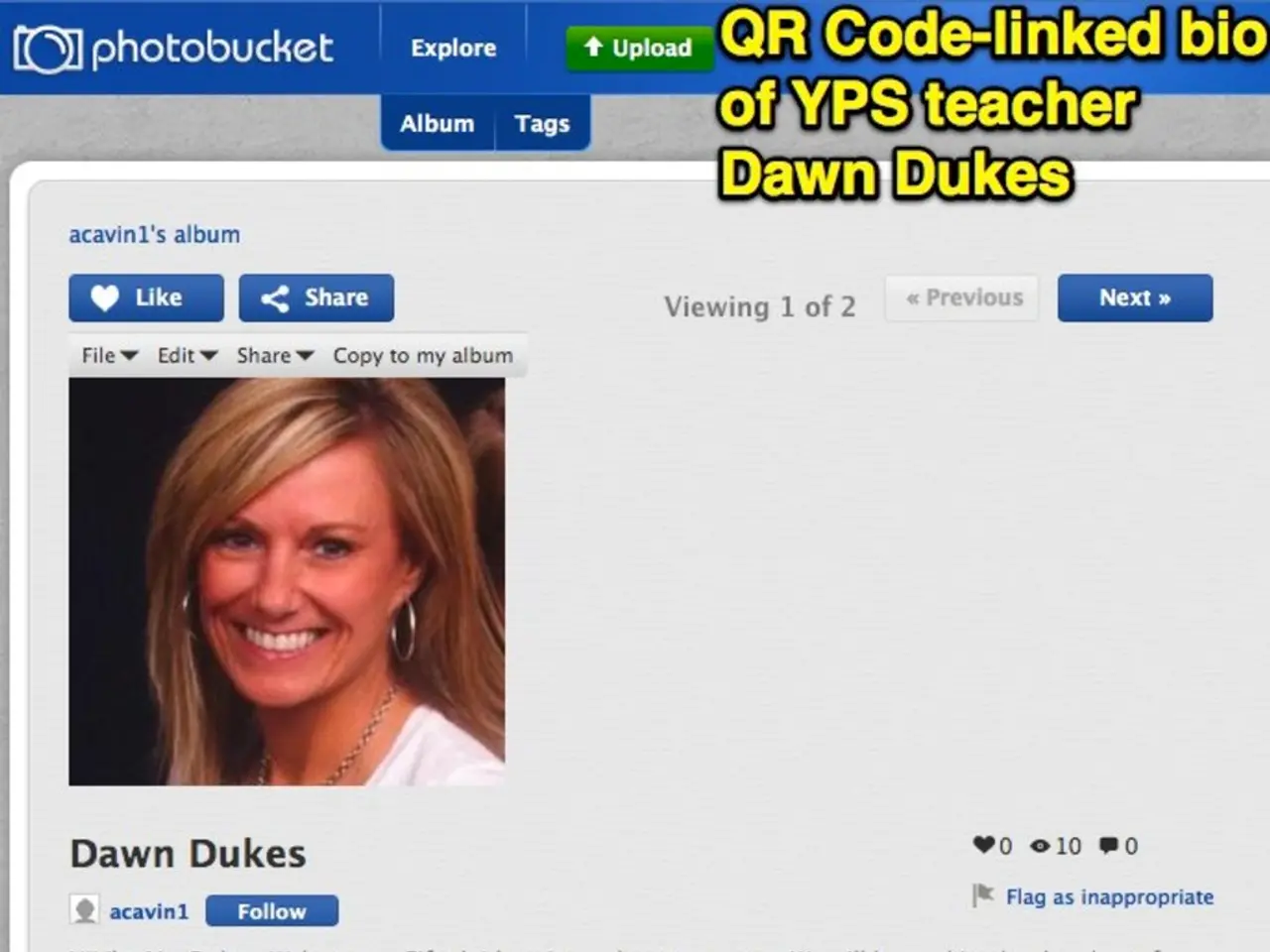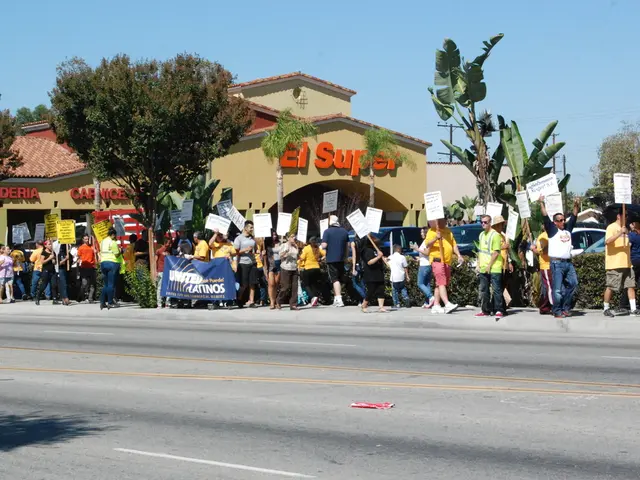Strategies for Utilizing Infographics to Enhance Search Engine Optimization (SEO)
In the digital age, visual content plays a crucial role in capturing audience attention and driving website traffic. Among various visual content types, infographics have proven to be the top performers, generating tons of traffic and engagement while boosting SEO and link building efforts. Here are some best practices for creating and promoting infographics to maximise their impact.
Design with Clarity and Balance
A well-designed infographic is the foundation for success. Use easy-to-read fonts, consistent colour palettes, and well-organized content flow to ensure your infographic is visually appealing and easy to navigate. Every visual element should highlight key points or simplify data without overwhelming viewers.
Transform Data into Engaging Visuals
To make statistics and complex topics easier to understand and memorable, use charts, graphs, and icons. These visual elements help break down complex information and make it more digestible for the audience.
Match Your Infographic to Audience Intent
Understanding your target audience is essential for creating an effective infographic. Tailor the message accordingly, ensuring the infographic addresses their needs and interests for better engagement.
Create Shareable, Linkable Content
Infographics naturally attract backlinks because bloggers and journalists embed them to support their own content. Make it easy to share and embed your infographic with proper attribution and embed codes.
Use Dynamic and Memorable Layouts
Playful designs with unexpected angles or layouts can increase engagement and shareability without sacrificing clarity. Experiment with different layouts to find what works best for your audience and topic.
Optimize for SEO
To improve search rankings, include descriptive alt text, compress images for faster loading, use relevant keywords in file names and metadata, and maintain accessibility standards.
Promote via Outreach and Guest Posting
Contact industry-relevant websites to feature your infographic or publish guest posts that link back to it, gaining high-quality backlinks from authoritative sources.
Support Multimedia Distribution
Break infographics into smaller elements for social media posts, Pinterest pins, or video explainers to broaden reach and attract diverse backlinks.
Promote on Social Media and Paid Ads
Promoting the infographic on social media can increase views and chances of being shared on social media. Consider using paid ads to reach a larger audience and boost visibility.
Building Links with Infographics
Reach out to influencers and bloggers in the industry or relevant to the topic who are known for sharing infographics. A call-to-action asking readers to share the infographic on their site can help increase shares.
Submitting the Infographic to Infographic Directories
Submitting the infographic to infographic directories can provide a link back to the original content and help the infographic reach a wider audience.
Submitting a Press Release
Submitting a press release to various PR sites can generate hype and buzz around the infographic and potentially result in being featured on an important online publication.
Reaching Out to Cited Sources
Reaching out to anyone cited within the infographic to let them know about the use of their information or quotes as a source can result in a share.
Including a Written Narrative
Including a written narrative explaining your thought processes and findings in the infographic is recommended. The written narrative should include an embed code to make it easy for others to share the infographic.
Sharing Smaller Snippets
Sharing smaller snippets of the infographic on social media makes them better suited for the platform and prevents giving away the entire piece of content at once.
In summary, effective infographic SEO and link building combine high-quality, audience-aligned design with strategic promotion and technical optimization to enhance visibility, user engagement, and domain authority.






